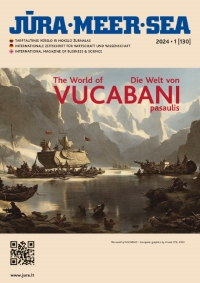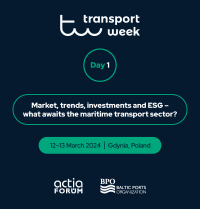The Port of Rotterdam Authority has awarded consortium SaVe the contract to construct the substructure for the Theemsweg route. The re-routing of part of the Port railway line will result in the increased freight train traffic no longer being hindered by shipping traffic. This will improve the railway connection between the western port area and the hinterland.
Ronald Paul, Chief Operating Officer: “This connection is of key importance for the accessibility of the Port of Rotterdam railway system.”
The SaVe consortium comprises construction companies Besix, Mobilis, Dura Vermeer, Hollandia and Iemants. The contract comprises the construction of a raised railway viaduct of four kilometres in length, including two steel arch bridges half-way along the Port railway line. It is expected that works will start during the course of 2018 and will be completed by 2020. The contract is a subproject of the Theemsweg route construction: following completion there will be a phase in which the superstructure is constructed, which includes the railway and all associated systems.
The construction of the entire Theemsweg route involves an investment amount of around € 300 million (excluding VAT). The European Union is providing a € 62 million subsidy. The remaining investment will be borne by the Port Authority and the Ministry of Infrastructure and Water Management.
The Port of Rotterdam Authority is coordinating, designing and realising the project in conjunction with ProRail. After realising the route, the Port Authority will hand over the management and maintenance of the new railway line to ProRail.
Rail traffic capacity bottleneck solution
The Theemsweg route provides a solution to the problems associated with the Calandbrug near Rozenburg. This steel vertical-lift bridge for trains, cars and slow-moving traffic serves as an important link in the Betuwe Route, connecting Rotterdam’s port area with the European hinterland. The vertical-lift bridge also forms the access to Brittanniëhaven for ocean shipping.
The Port Authority is foreseeing a capacity bottleneck for rail traffic due to the expected increase in rail freight transport and ocean shipping to and from Brittanniëhaven. The construction of the Theemsweg route provides a solution to this bottleneck. The new route runs across a raised railway viaduct. The railway line will have two arched bridges and will link to the existing track by the A15.
Improved flow, sustainable alternative
The re-routing of the Port railway line across the Rozenburgsesluis and via Theemsweg will result in the increased freight train traffic to and from Europoort and Maasvlakte no longer being hindered by shipping traffic. This will significantly improve traffic flow.
Good connections to the hinterland are essential for the Port of Rotterdam’s competitive position. Better utilisation of the existing Betuwe Route is not only useful from an economic point of view. Freight transport over rail is also more environmentally friendly than road transport.
Focus on environmental impact
During the Theemsweg route planning phase, the Port Authority focused on the effects of this project on the environment. An extensive Environmental Impact Assessment was carried out. In discussion with local residents, the Port Authority is taking additional soundproofing measures.
PORT OF ROTTERDAM










